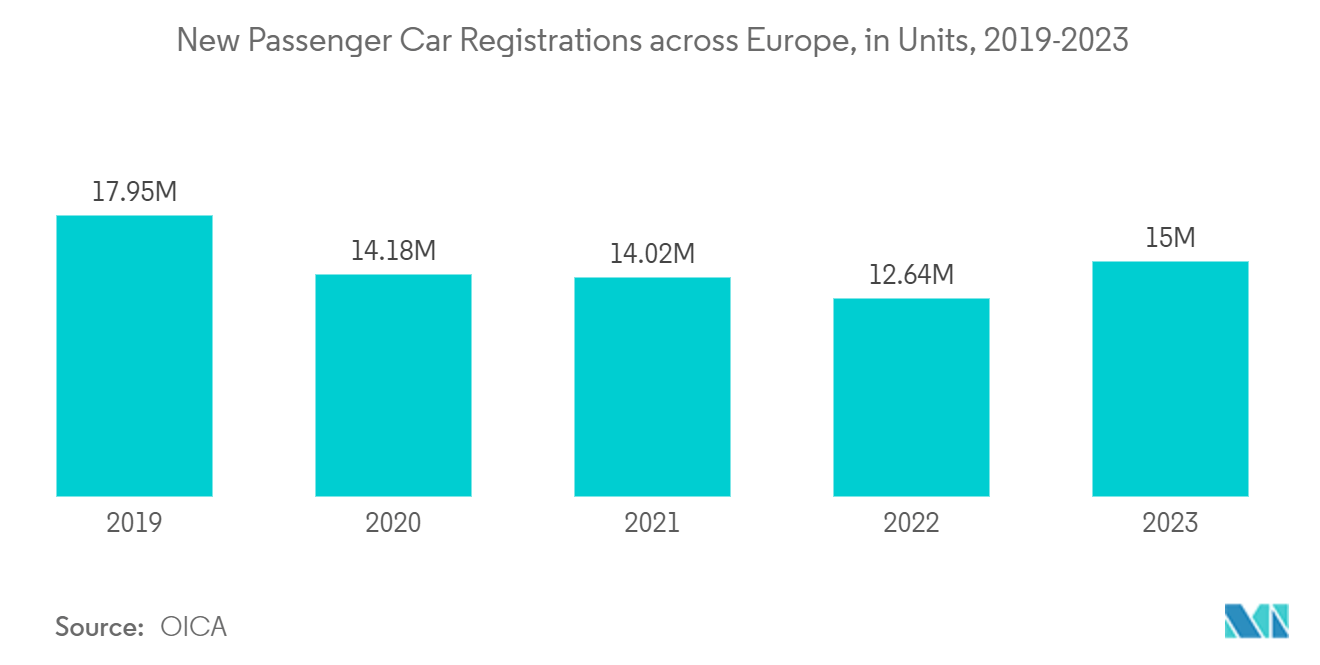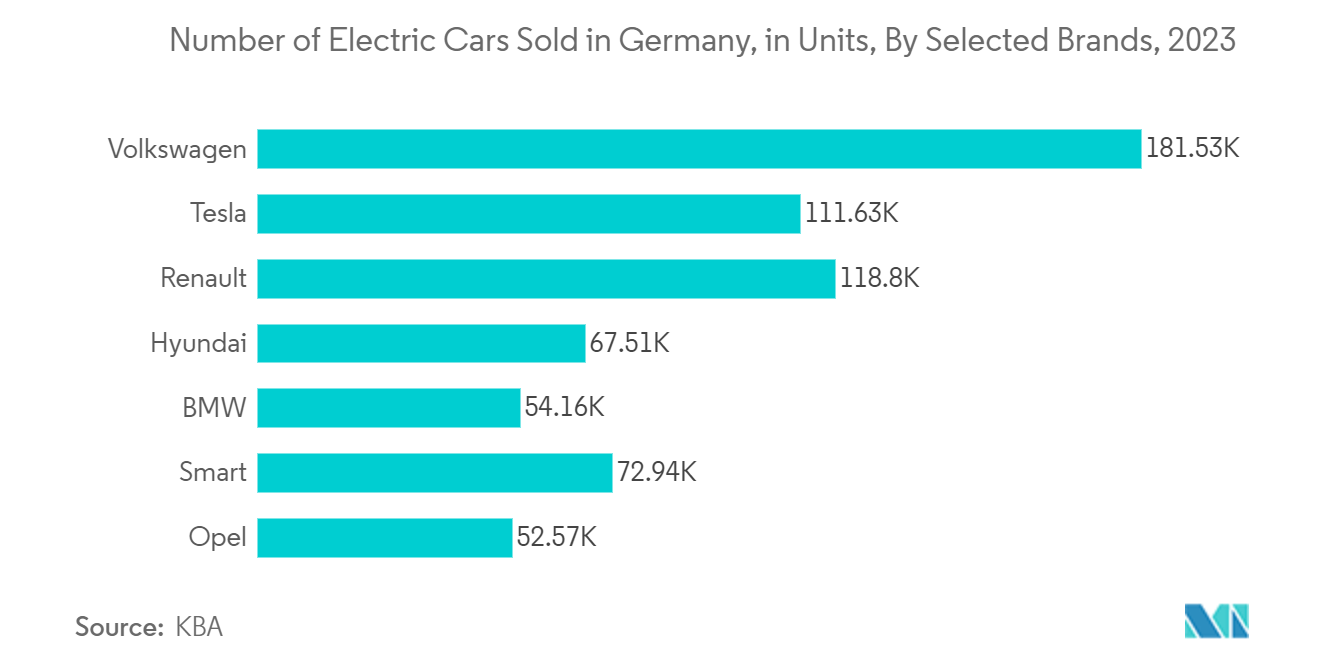Market Trends of Europe Automotive Finance Industry
The Passenger Cars Market Segment to Witness Surging Growth During the Forecast Period
The European automotive industry, amid rising urbanization and a shift toward electric cars, is witnessing a notable trend of growing consumer preferences for vehicle financing. As urban centers attract more residents in pursuit of better job prospects, the demand for car financing services is rising, driven by the financial capacity of these urban migrants.
• According to the Population Reference Bureau, Europe boasted the third-highest urbanization rate worldwide in 2023, amounting to 75%. North America and Latin America witnessed the highest urbanization rates.
The surging investments in developing the region's transportation infrastructure and increasing preference for private mobility have led to consumers purchasing passenger cars. Consumers generally prefer to buy these high-end cars through flexible financing solutions rather than making a lump sum payment. Moreover, increasing prospects for passenger cars were witnessed in 2023, with various European countries reporting strong passenger car sales figures, positively impacting the demand for automotive financing services.
• According to the European Automobile Manufacturers Association (ACEA), in August 2023, the EU car market expanded by 21%, reaching 787,626 registered units, marking the 13th consecutive month of growth. Between January and August 2023, EU car registrations showcased an increase of 17.9% compared to the same period in 2022, totaling 7.1 million units.
Most OEMs in the European market have already entered strategic partnerships with minor- to medium-scale players offering financing services in order to provide suitable value-added services to customers. Furthermore, the rising adoption of costly autonomous cars and high-end electric cars across the European region will extensively contribute to the growth of the passenger car financing segment in the market.

Germany Expected to Gain Traction in the Market During the Forecast Period
The expanding e-commerce market in Germany, coupled with growing road freight, is leading commercial vehicle operators to constantly expand their truck fleets in the country to cater to the increasing demand. While purchasing trucks, these operators generally tend to avail of loan options at lower interest rates that can assist them in financing the vehicles. Therefore, with the growing commercial vehicle sales in the country, a massive demand for flexible automotive financing options will exist, thereby contributing to the segment's growth.
• According to the International Organization of Motor Vehicle Manufacturers (OICA), new commercial vehicle sales in Germany touched 359.6 thousand units in 2023 compared to 312.9 thousand units in 2022, recording a Y-o-Y growth of 15.1% between 2022 and 2023.
Furthermore, the government's extensive focus on developing and improving the country's electric vehicle charging infrastructure, coupled with advanced electric car model launches, also fosters the demand for automotive financing, owing to the high cost of electric vehicles. Major automakers in the market are either partnering with banks or setting up their financial arm operations in Germany to tap growing opportunities.
• According to the German Federal Motor Transport Authority (KBA), Volkswagen, Tesla, and Renault were the leading brands with the highest electric car sales in 2023. Volkswagen recorded sales of 181.2 thousand electric cars in Germany in 2023, followed by Tesla (111.6 thousand units) and Renault (118.8 thousand units).
The German market faces fierce competition among banking institutions, OEMs, and non-banking financing institutions. Players operating in the country compete based on various parameters such as interest rates, loan terms, flexibility in payment periods, and online loan disbursal mechanisms. During the forecast period, the German market is expected to witness surging demand for automotive financing for passenger cars and commercial vehicles, owing to growth in consumers' disposable incomes.


